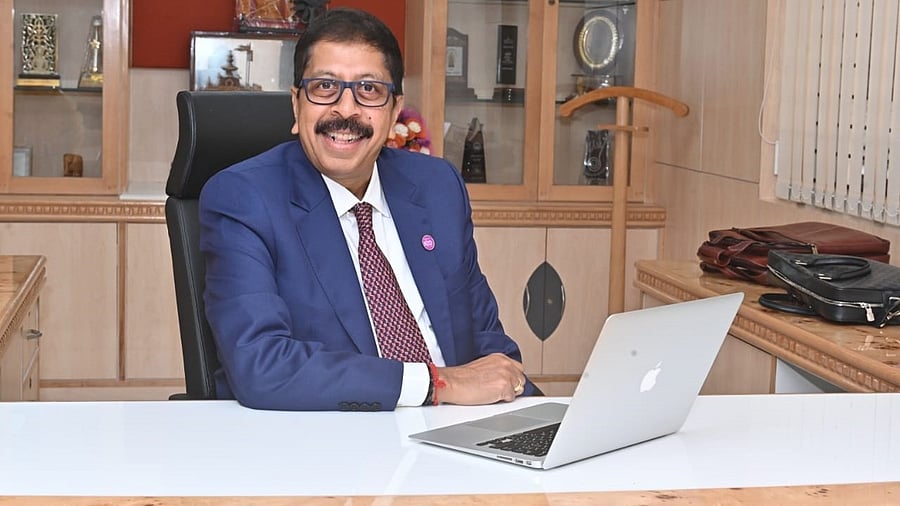
Credit: Special Arrangement
As banking in India moves deeper into the digital realm, with the country’s burgeoning digital payments strongly pushed by the government, which sees the adoption as tool for financial inclusion. DH’s Anjali Jain caught up with Karnataka Bank’s managing director and chief executive officer Srikrishnan Hari Hara Sarma to understand how the private sector bank is undertaking digital transformation, its areas of focus for partnerships, and the future of brick and mortar branches.
Edited excerpts.
What is your strategy to collaborate with other financial services providers?
From our overall strategy, there are three ways that we will grow. One is the organic part, which is the branches. The second is that we have created a sales organisation, which is new to this bank as we have started it in the last one-and-half quarters. The third part is all these partnerships that we are getting into. They are very strategic, and will cover multiple areas. These include insurance, both life as well as non-life, distribution products, investment products, co-lending, probably an equivalent of credit cards and something around the field of UPI.
We are shortlisting a lot of these fintech companies who are in these areas of focus. Fintechs, and tech-driven NBFC (non-banking finance companies) or MFIs (microfinance institutions) - these areas are our target and we will continue to maintain the same focus.
In terms of lending, what are the kinds of products that you’re looking to introduce?
From the lending side, we are predominantly in 3-4 areas. One is mid-size corporate, as well as SME (small and medium enterprises), MSME (micro, small and medium enterprises), retail and rural. We have a very wide range of lending products, as far as the bank is concerned, and these are currently being offered through the branch and through our sales teams. Digitally, we offer everything on the retail side, which includes personal loans, express loans, any vehicle loan as well as housing loans. The journey is almost 100% digital on most of these products, including the entire process of credit underwriting, onboarding, as well as the disbursement.
We are entering multiple co-lending arrangements to ensure reach in all of these areas. The idea is to cover the actual end consumer in terms of financial inclusion.
What are your plans for branch expansion in FY25?
We presently have around 900 branches in total. The overall growth of branches is not a big focus for us, because bank branches are capital intensive, and take time to build. But in this digital era, when we are able to acquire, service and deliver value to customers with products across the spectrum, there is no reason to go through a branch. So our focus on growth is more on the digital side, not necessarily driven by the branch. But having said that, branch expansion is part of our plan and we will continue to open as many branches as we’ve been doing in the past on an annual basis.
What are your plans in terms of further digitising your products?
There are three parts to this digital business. One is customer acquisition, where the journeys have to be digitalised. The second is that we have to throw the right kind of products at the right customer through analytics. Analytics is a very important element in terms of the behaviour perception and understanding what the customer wants. For our existing customers, we do this through our analytics centre, which is based on existing data on transactions. But for new customers, it depends on the profile and looking at micro market analysis. Analytics-based data-driven selling is something that we need. The last part is the servicing. We need to be present on social media platforms like WhatsApp as a banking service. That is our next attempt. We are already there in most of the platforms, but we will enhance our presence with multiple products.
So whatever you can do in a branch, you will be able to achieve through digital signage. And this means that we will have to upgrade our technology services based on predictive technology, whether it is AI or machine learning.